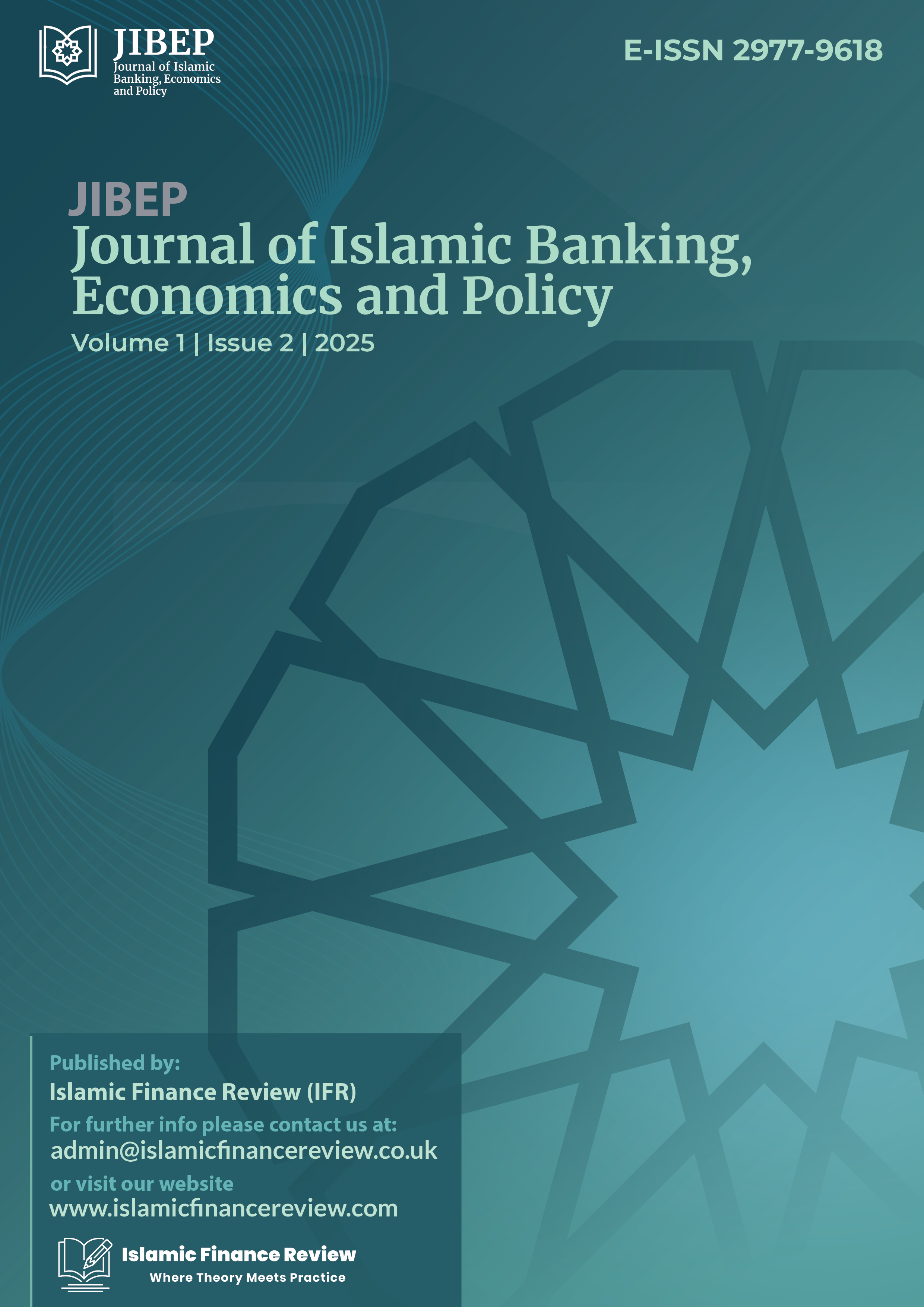Blockchain Adoption Challenges and Solutions in Bangladesh
DOI:
https://doi.org/10.63740/7vt1xv68Keywords:
Blockchain, Insurance Industry, Digital Technologies, BangladeshAbstract
Background: The idea of insurance was discovered several millennia before Christ (BC). In the second and third millennia BC, traders from China and Babylonia practiced shifting or dispersing risks. Today, insurance is the foundation of the economy, but expanding its penetration is difficult in emerging nations. The fourth insurance industry revolution in the developed world was sparked by the recent advent of Blockchain, IoT, Big Data, and InsurTech.
Objective: To boost insurance coverage in Bangladesh, this study examines the problems with and potential solutions to blockchain technology.
Research Methodology: To identify the themes and factors pertaining to problems and solutions in implementing blockchain in Bangladesh insurance business, this study used a systematic literature review. To find pertinent material from Google Scholar, several keywords were employed. The filtered studies were examined based on inclusion and exclusion standards.
Findings: This report outlined many obstacles to blockchain adoption in the Bangladesh insurance sector as well as potential remedies. The proposals could help policymakers improve the insurance industry's service delivery.
Downloads
Published
Versions
- 04-11-2025 (3)
- 06-10-2025 (2)
- 06-08-2025 (1)
Issue
Section
License
Copyright (c) 2025 maryam, noman (Author)

This work is licensed under a Creative Commons Attribution 4.0 International License.
All published content in the Journal of Islamic Banking, Economics and Policy (JIBEP) is licensed under the Creative Commons Attribution 4.0 International License (CC BY 4.0).
This license allows anyone to:
-
Copy and redistribute the material in any medium or format.
-
Remix, transform, and build upon the material for any purpose, including commercial use.
The following conditions must be met:
-
Attribution – Proper credit must be given to the original author(s), a link to the license must be provided, and any changes made must be clearly indicated.
-
No Endorsement – Users may not imply endorsement by the author(s) or by JIBEP without explicit written permission.
The full license details are available at: https://creativecommons.org/licenses/by/4.0/.
Authors retain the copyright of their articles without restrictions.





